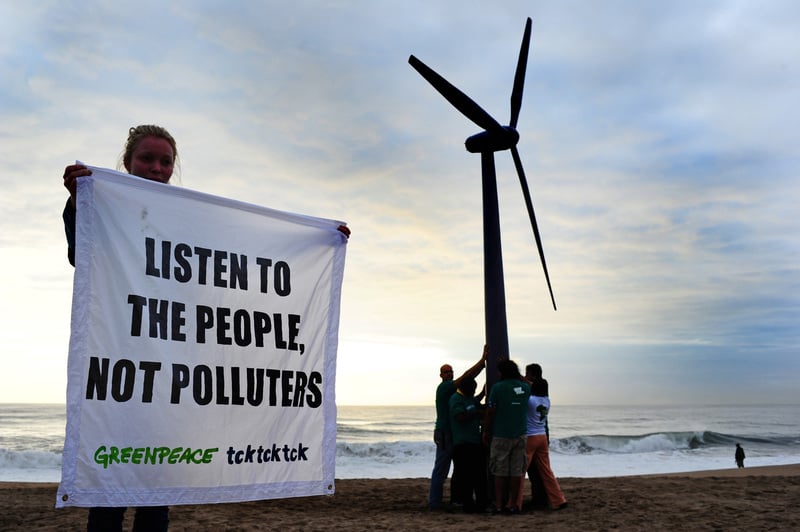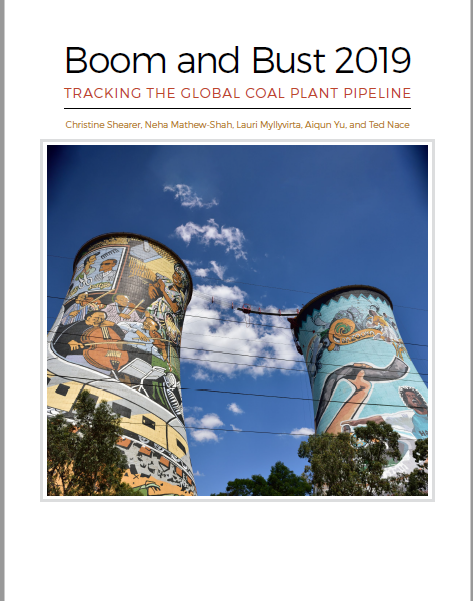New Delhi May 2, 2018 | Greenpeace India Airpocalypse-II Report had complied data from 280 cities across India. Accessing PM10 data for 280 cities was primarily done by filing Right To Information applications to State Pollution Control Boards to access the pollution level data. The data highlighted that more than 80% cities had pollution levels beyond NAAQS set-up by CPCB which is even worse than what we can interpret from this dataset by WHO.
Lack of Data Availability as a Challenge
WHO report contains data for only 32 Indian cities for the year 2016. While Central Pollution Control Board and State Pollution Control Boards monitor air quality data for 300 cities in the country, its surprising that the WHO report contains data only for 32 cities. This could be due to the lack of readily available data in the public domain.
Gap in 100 Non Attainment Cities in NCAP
MoEF&CC has identified 100 non attainment cities under National Clean Air Programme. However the NCAP misses 3 out of the 14 of most polluted cities highlighted in the WHO report. The cities are Gaya, Patna and Muzaffarpur.
Sunil Dahiya, Senior Campaigner, Greenpeace India said-
WHO report clearly underplays the situation by mixing up data from many years. In reality the situation in India is much worse. It’s imperative that the NCAP has clear targets for pollution reduction and interim milestones.
On improvement of Chinese Air Quality
“The Chinese cities are showing air quality improvement over past years and that is because of the time-bound and sectorial target adapted there which seems to be missing from Indian version of the Concept note on National Clean Air Programme (NCAP) aimed to improve air quality in India.”
Key Findings of WHO Report-
- The report also reveal an alarming death toll of 7 million people every year caused by ambient (outdoor) and household air pollution.
- More than 90% of air pollution-related deaths occur in low- and middle-income countries, mainly in Asia and Africa, followed by low- and middle-income countries of the Eastern Mediterranean region, Europe and the Americas.
- Ambient air pollution alone caused some 4.2 million deaths in 2016, while household air pollution from cooking with polluting fuels and technologies caused an estimated 3.8 million deaths in the same period.
- The highest ambient air pollution levels are in the Eastern Mediterranean Region and in South-East Asia, with annual mean levels often exceeding more than 5 times WHO limits, followed by low and middle-income cities in Africa and the Western Pacific.
For Further Details-
Madhulika Verma,
Senior Media Specialist, 9971137736, [email protected]
Sunil Dahiya,
Senior Campaigner, 9013673250, [email protected]




Discussion
My name is Shahid Husain. I am a senior journalist and writer. I am based in port city Karachi, the financial hub of a beautiful country called Pakistan. My first book, "Khawab Lay Lo Khawab," (Take Away my dreams), based on my memoirs was received well and is now out of print. A second edition will be published soon. Yet another book, "Muft Lay Lo Khawab" (Take away my dreams for free) is being published by a publisher in Lahore. I am also working on my hypothesis "Relationship between Nature and Homosapiens" and hope to write a 100-ages book based on this hypothesis. My hypothesis has already been approved by three eminent scientists and educationists. This time I hope to make some savings. If all goes well, I will be traveling after a few months. I have the pleasure to be in touch with Greenpeace since long. I believe that there should be peace between India and Pakistan and "peace comes from within."
https://www.telegraph.co.uk/travel/destinations/asia/india/articles/delhi-most-polluted-city-in-the-world/ another list of most polluted cities on this earth
Your effort so good. I keen know about Impact of Coal thermal power plant on Health and environment. Regards,